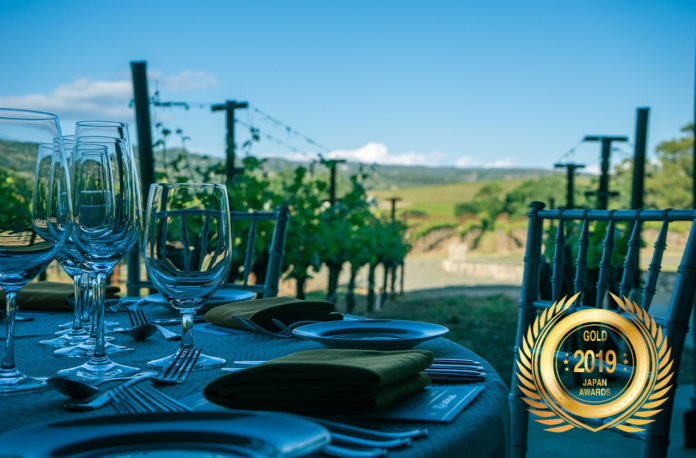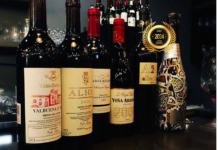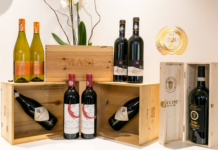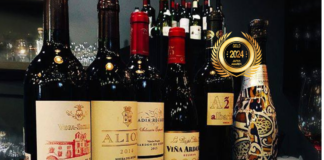The winemaking farm AZIENDA AGRICOLA “VIGNA MAURISI”, was founded by Dr. Felice Esposito Corcione in 2011 just after his retirement from National Research Council of Italy where he spent more than 40 years as Director of Research in the field of Fluid dynamics and Combustion in Engines. The farm is situated on very beautiful hills of Prata Principato Ultra municipality in the Irpinia territory of Avellino Province.
The ground is full of precious volcanic minerals that allow producing two ancient grapes like Greco di Tufo and Aglianico imported from Greece more than 2000 years ago.
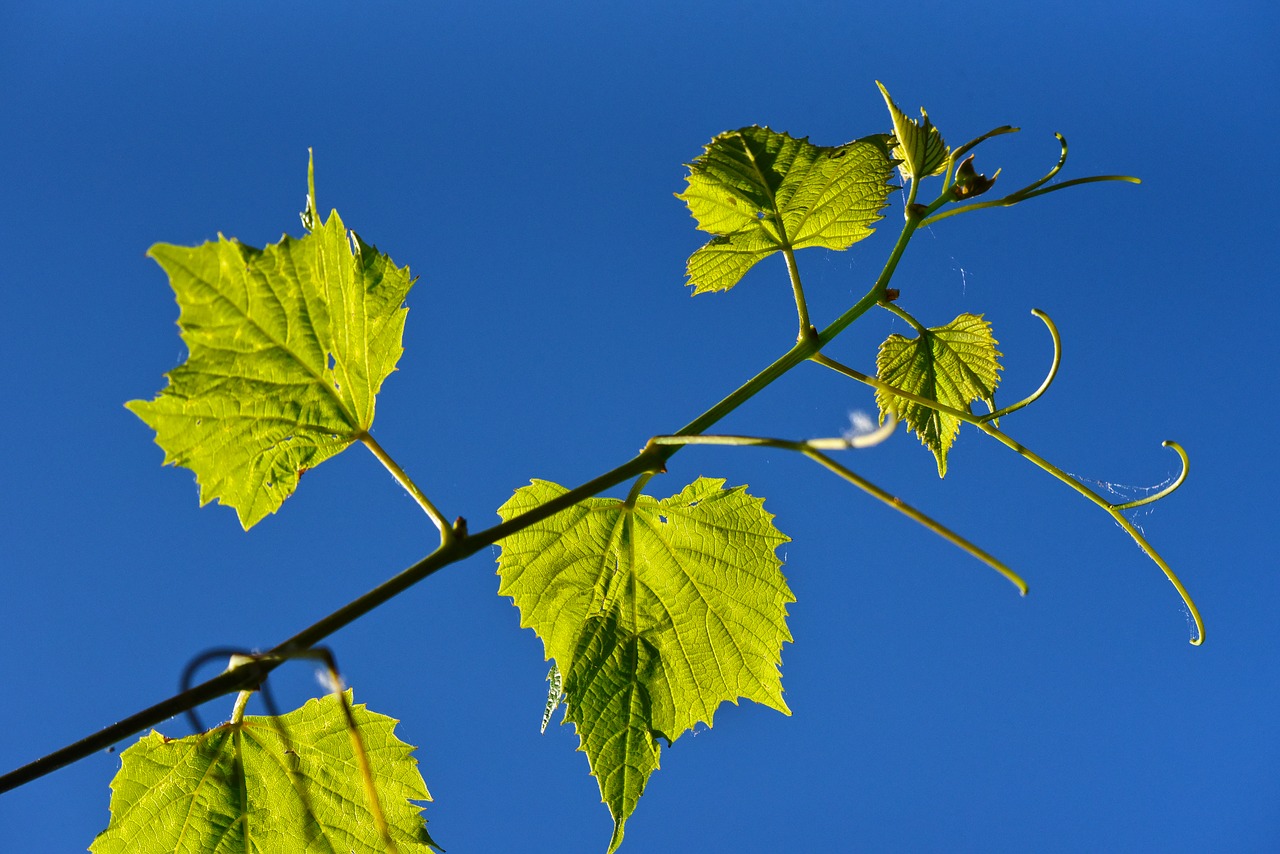

History
A land rich in history, art and tradition of ancient Samnite origin, was inhabited in the eighth century. BC by the Greeks, who from their ancestors, the Hellenes, had inherited the cult of Dionysus and his bacchantes, a cult through which the world would have known wine. It later became Etruscan, a splendid civilization whose traces were found in Capua and Pompeii and then transformed into the territory of the Roman Empire in the first century. AC The Romans were the first inventors of pruning and grafting techniques. Called “Campania Felix” because of the extraordinary fertility of the land it was, therefore, land devoted to agriculture since its remote origins, when it already produced the famous “wines of the emperors”. In particular, the Apennine area of Irpinia became the area of production of the best wines of Campania such as the Greco di Tufo, the Taurasi, and the Fiano.
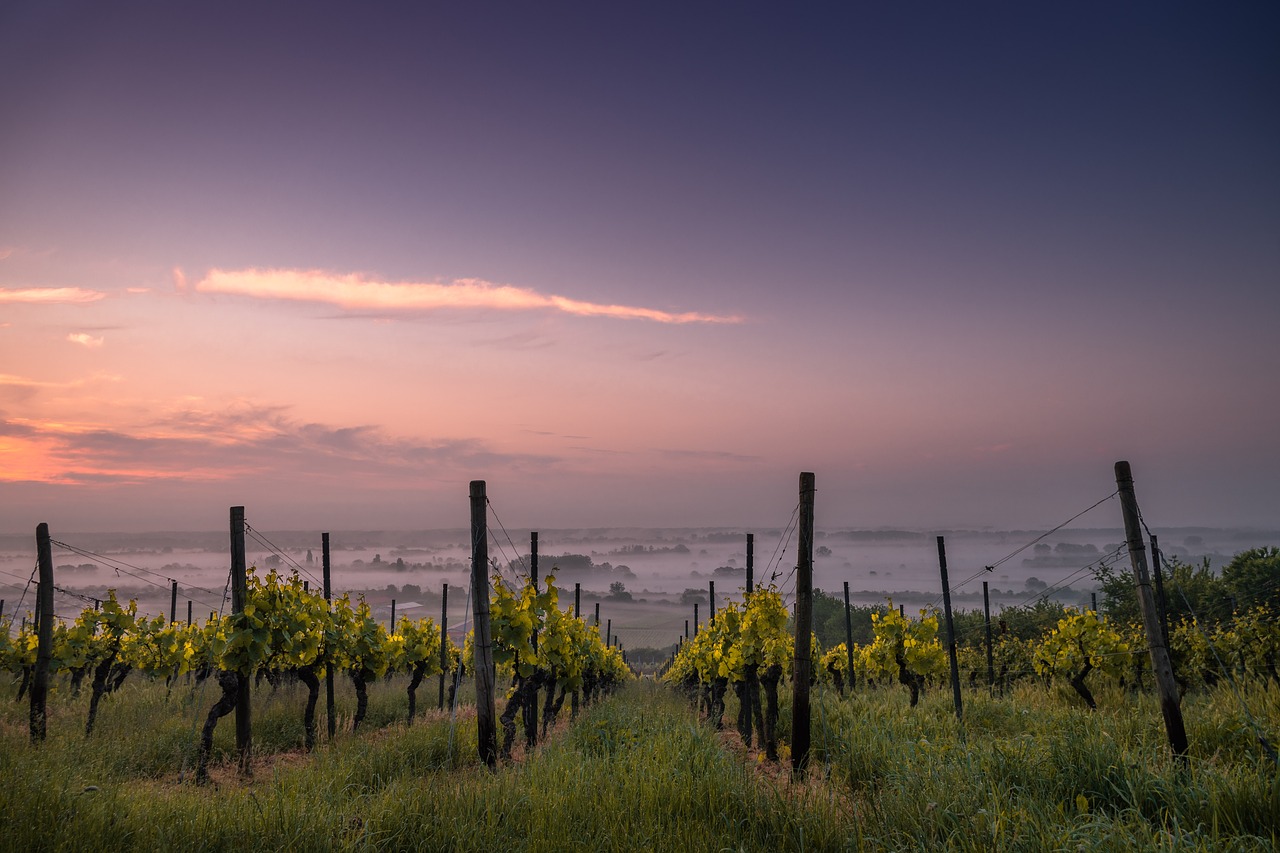

Biodynamic In The Vigna Maurisi
Felice Corcione applies the biodynamic method in the cultivation of its own vineyard. In particular, it takes care with a determination of the processes that feed the forces connected to the ground on one side and those related to the light of the sun on the other, keeping them in harmony. Therefore, the vineyard “lives” in the balance between these two forces.
The use of natural manure helps the formation of humus in the soil, a true reservoir of vitality and wealth. Manure promotes processes that implement soil fertility. This is associated with the water used, always pure, rain and spring, which becomes the living vector of the “information” that leads to the soil and the vines.
With the autumn sowing of various multi floral essences which are then buried in spring, biodiversity is increased, making the vineyard more similar to the natural spontaneous ecosystem.
In spring the green manure is high, rich in flowers, but above all of the deep and vigorous roots, true creators of the soil structure: it then proceeds with the shredding and inter-row hedging; the burial of the organic substance is rapidly transformed into humus.


Their wines are available online and are packed in 3, 4 and 6 bottles per order. They do not have a global presence yet but they are hoping to expand in the coming years. Part of their initial effort is to join wine competition to gain recognition and brand recall.
The most recent competition they have won was Japan Awards 2019 where they bagged medals for two of their bestselling wines.
For more information about their wines, CLICK HERE


